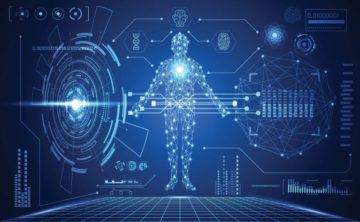From Nature:
 When researchers trained an artificial intelligence (AI) system to use radiological images to distinguish patients with COVID-19 pneumonia from those with other respiratory diseases, the machine found a logical – but faulty – short cut. A radiologist would weigh up features of the images. “But the AI system learned to read the dates of the scan,” says Antonio Esposito, professor of radiology at Vita Salute San Raffaele University in Milan. The computer, he explains, simply put all patients who entered the hospital in 2020 into the COVID-19 category. A new partnership between San Raffaele University and Microsoft aims to tackle such shortcomings and develop AI in health care to the point where it can reliably be introduced to improve patient care.
When researchers trained an artificial intelligence (AI) system to use radiological images to distinguish patients with COVID-19 pneumonia from those with other respiratory diseases, the machine found a logical – but faulty – short cut. A radiologist would weigh up features of the images. “But the AI system learned to read the dates of the scan,” says Antonio Esposito, professor of radiology at Vita Salute San Raffaele University in Milan. The computer, he explains, simply put all patients who entered the hospital in 2020 into the COVID-19 category. A new partnership between San Raffaele University and Microsoft aims to tackle such shortcomings and develop AI in health care to the point where it can reliably be introduced to improve patient care.
“This project removes walls between researchers’ and clinicians’ access to data from different hospital departments, and leverages the complementary IT and clinical expertise held by the two partners,” says Carlo Tacchetti, professor of anatomy at San Raffaele University. Medical records, pathology reports and images are usually stored on separate databases in different hospital departments and labs, which can make it difficult to share the data they contain. The San Raffaele project will bring all relevant clinical data together in one system, combining new patient data with retrospective data from the past decade. Together with Microsoft experts, doctors and researchers from San Raffaele University Hospital will use this information to tackle specific clinical AI challenges by developing tailored algorithms.
More here.
